My First Experience Doing an Architecture Session
As a photographer I’m always wanting to try new things so I can expand my knowledge and understanding of photography in as many ways that I can.
One of those things on my list was architecture photography, or real estate photography.
I finally got the chance to mark that one of my list. I will have to say though, this was completely different than what I'm used to.
Research
Going into this I wanted to make sure I had a decent idea as to what I was doing.
This was definitely something different than what I was used to because most of the work I’ve done up to this point included a subject. Portrait photos (of course with my style) involves having a super narrow depth of field. With architecture you want everything to be in focus.
I did a lot of research and found that not only do you want everything to be in focus (unless it’s a detail shot) but it should also be HDR so that everything has a proper exposure.
It also helps to have a wide angle lens. Unfortunately, my widest lens is 35mm.
The Challange
Armed with my 35mm lens I set out for my session. I decided to shoot way later than I normally would because I knew I would be indoors more often than not.
I did this because I wanted to be able to capture the orange exterior lights along with the darkening blue tones you get in the sky as the sun goes down. Unfortunately, it was overcast and it didn’t come out quite how I had imagined it.
Outdoors I set my camera on a tripod so there would be no movement because I would be bracketing the images getting multiple exposures to blend together later to create the HDR.
I set the bracket to 5 images ranging from underexposed to overexposed. I turned the timer on for 2 seconds so there was no chance of movement in the camera.
Also, since I was using a 35mm which just wasn’t quite wide enough, I had to stitch a bunch of the images together. Outside I would take around 8 images that would be stitched together with 5 brackets each. Indoors was even worse. 15-20 images with 3 brackets each in order to get everything in one shot making that up to 60 images for a single HDR image in some of the rooms.
I decided to only use 3 brackets inside to save on time. It ended up being plenty of exposure for what I needed. Also, I shot with my aperture set at f11 to get everything in focus and I used aperture priority mode so the exposure would stay the same. Looking back now I could have probably gotten away with opening the aperture a bit more than that.
I did most of the processing in Lightroom. If I needed to fix or touch up anything, I would do that in Photoshop.
What I learned
This was a HUGE learning experience for me. I think the biggest thing for sure was the fact that I definitely needed a wider angle lens. That cost me a TON of time having to take so many images and then stitch them all together.
Aside from the extra amount of time it took to stitch all of those images together in post, sometimes they wouldn’t stitch together very well, making for a lot of extra work.
I will most certainly need a wider angle lens if I continue doing architecture photography. Probably a 16-35mm or a 12-24mm.
Also, I realized that it didn’t matter what time of day I shot in, at least for the indoor shots. I used all natural light like I always do, so I could have done this any time of the day.
The bracketing worked great! I love the look that the HDR gave and being able to blend the exposures that way. I may even experiment with doing some portrait work in HDR.
Conclusion
Over all it was a great experience and I definitely want to do more!
If I do a few more sessions like this I will write another article about my process in more detail.
If you enjoyed this article, please share it with your photography friends.




